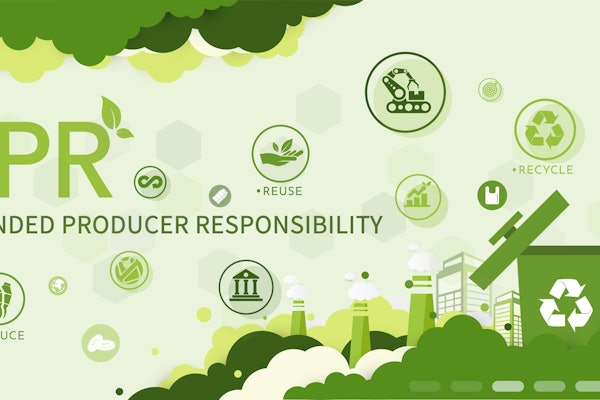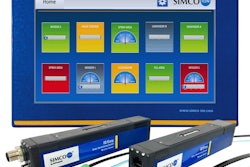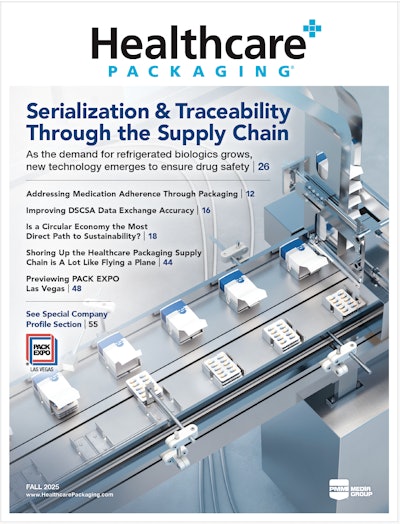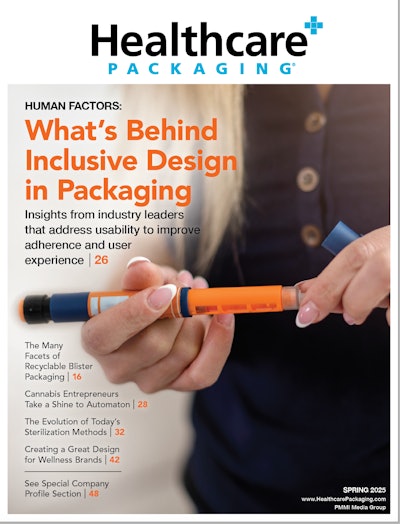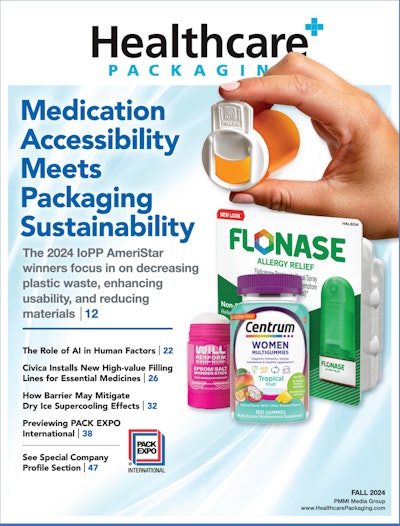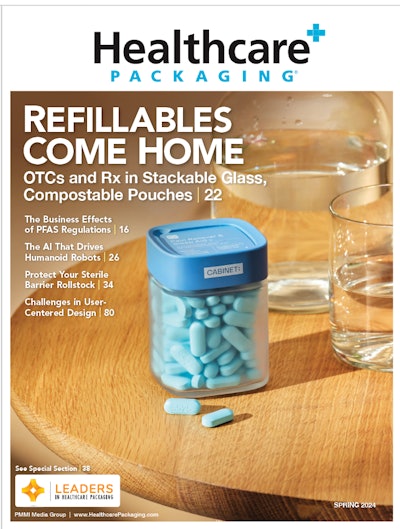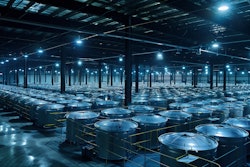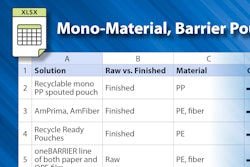Editor’s note: Issued in October 2016, “Coming Clean: What the new EPA carbon emission standards mean for trucking and the industrial sector” Viewpoint is co-authored by David Egan, Americas Head of Industrial & Logistics Research, and Matthew Walaszek, Senior Research Analyst, Global Industrial & Logistics Research, CBRE. CBRE is a commercial real estate services and investment firm with range of integrated services. Below are key excerpts from this Viewpoint.
As part of its 2016 global focus on transformation of the supply chain, the CBRE Global Industrial & Logistics team is exploring the various factors that are putting pressure on industrial and logistics (I&L) owners and occupiers, resulting in a change to the logistics network. Just as the rapid growth of e-commerce and automation is impacting the physical supply chain, government regulations will undoubtedly prompt change within the I&L sector.
Key takeaways:
• In an effort to reduce greenhouse-gas emissions in the U.S., the Environmental Protection Agency (EPA) has released the final standards for large vehicles. The EPA is requiring up to 25% lower carbon emissions and fuel consumption in certain models by 2027. This new standard could reduce carbon emissions by an estimated 1.1 billion metric tons, and lower fuel costs by as much as $170 billion for fleet operators.
• These new standards will have major implications for both the trucking industry and the industrial sector. Although the initial costs of compliance may initially strain smaller trucking companies, they have more to gain in the long run considering they are currently over-burdened by fuel costs relative to larger fleets. There may be fewer trucks on the road, as many smaller fleets struggle to meet the new expenses. As a result, this may place greater dependence on rail or intermodal terminals and thus affect where industrial operators choose to locate.
• Over the long term, the initially higher costs should be recouped by trucking companies in lower fuel consumption, necessitating fewer supply chain locations because of increased fuel efficiency. Although the trucking industry has questioned the federal government’s climate agenda in the past, many companies now see this as an opportunity to cut costs across large commercial trucking fleets with more efficient fuel like natural gas and more efficient engines.
What do these new standards mean for the trucking industry and industrial real estate?
• Regulators estimate that the new EPA standards will add at least $6,400 to the cost of a semi-truck starting in the 2021 model year and as much $12,440 by the 2027 model year. The added cost of a smaller work truck will start at about $1,110 and rise to as much as $2,700 over the same time frame. Based on reduced fuel expenses, the payback will take about two years for big rigs, about four years for work trucks and about three years for heavy-duty pickups and vans, according to the U.S. Department of Transportation.
• Companies that rely on the trucking industry stand to benefit from greater efficiencies and economies of scale, which is a primary concern when competing for more consumers. The new regulations will also encourage technological innovation, potentially increasing domestic economic growth and consumer demand.
• As we continue to explore the various factors impacting the transformation of the physical supply chain, such as the rapid growth of automation and e-commerce, the implementation of these new fuel standards will put further pressure on the logistics network to change and adapt along with the trucking industry.
Here is a link to the report.







